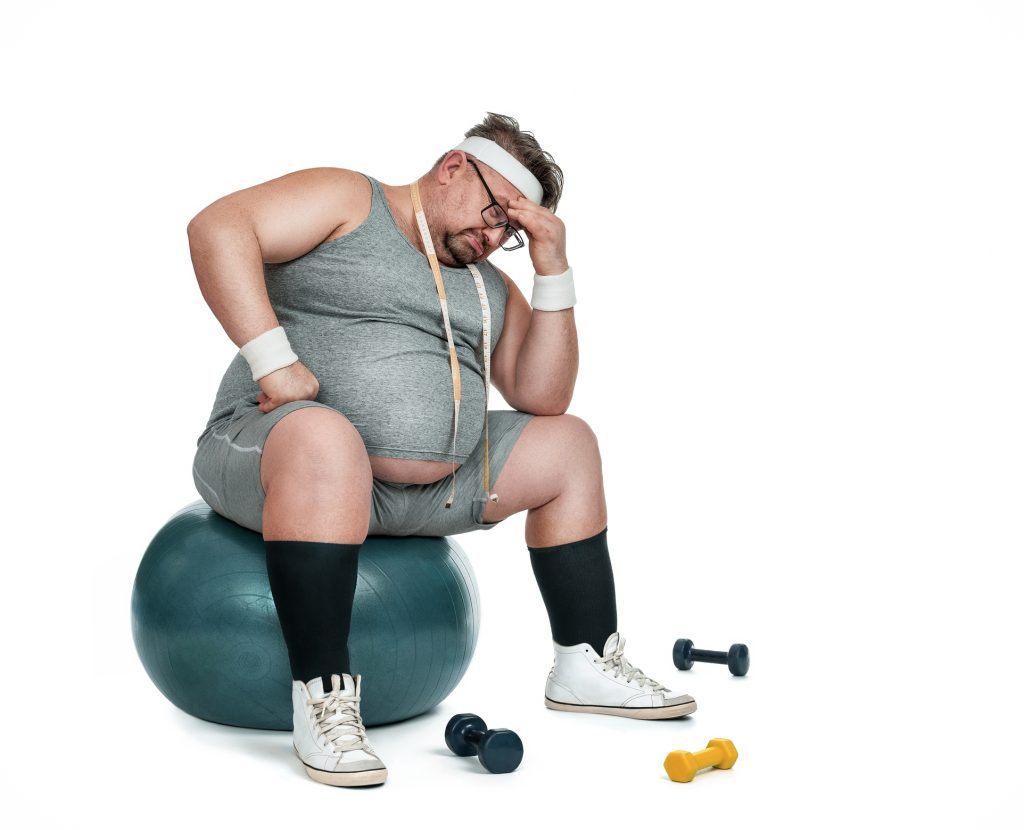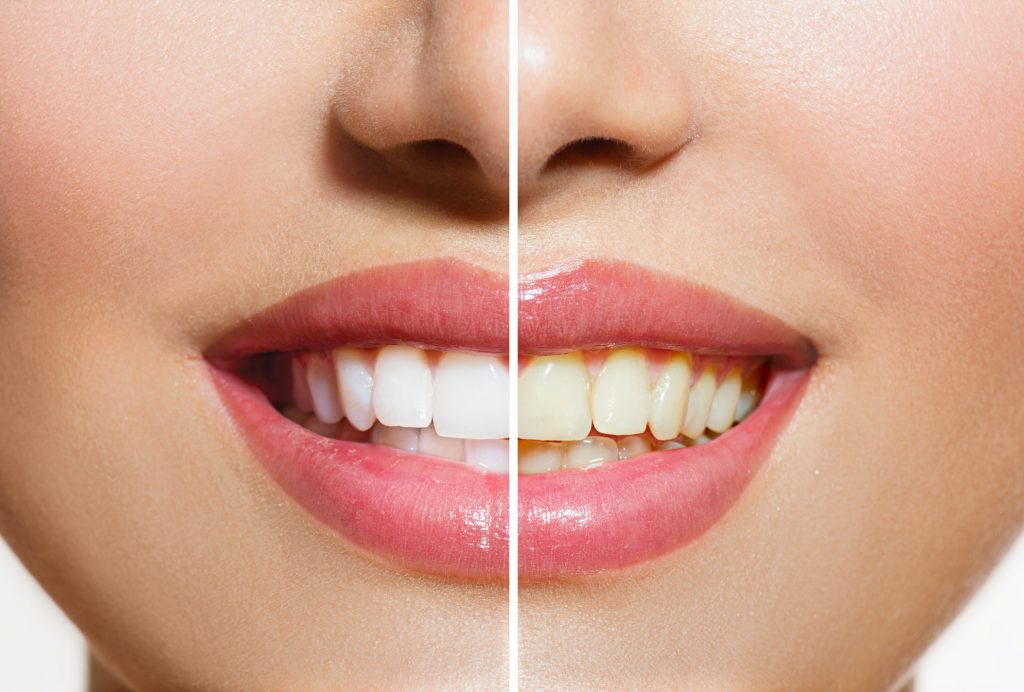
In your 40s and 50s, it’s not uncommon to feel like your body isn’t responding the way it used to. Your energy might dip, your strength gains may plateau, and building lean muscle starts to feel like a harder, slower process. And if you’ve found yourself wondering if low testosterone could be behind it—you’re probably right.
The truth is, testosterone is a key player in male vitality, and it affects everything from muscle mass to mood to energy. But here’s the good news: even in midlife, it’s absolutely possible to support healthy testosterone levels naturally—without hormone replacement therapy (HRT) or shortcuts.
This article will walk you through the science behind testosterone in midlife, signs your levels might be dipping, and proven, practical strategies to boost it for muscle growth, vitality, and overall well-being.
Why Testosterone Declines With Age
Testosterone production typically peaks in your late teens or early 20s. Starting around age 30, levels begin to decline at about 1% per year. By the time you reach midlife (40–60), you may have 25–50% less testosterone than you did in your prime.
This decline is natural, but it’s also influenced by lifestyle factors like:
- Chronic stress and elevated cortisol
- Poor sleep quality or sleep apnea
- Sedentary habits
- Weight gain, especially around the belly
- Poor diet and nutrient deficiencies
Alongside improved muscle strength and daily energy, many men in midlife also turn to natural testosterone boosters to address age-related challenges like low libido and reduced performance. TestoPrime has gained wide recognition for its ability to support testosterone and erectile dysfunction naturally without the need for prescriptions. It’s also considered by many experts to be the best testosterone booster for males over 40 thanks to its well-rounded support for muscle gain, energy, and libido.
What Testosterone Does for Your Body
Testosterone is often associated with libido, but its role in muscle development and energy is just as critical.
Testosterone helps:
- Stimulate muscle protein synthesis (muscle building)
- Support fat metabolism (especially belly fat)
- Maintain bone density
- Regulate mood and motivation
- Improve recovery and stamina
- Enhance libido and performance
When levels dip too low, men often experience:
- Muscle loss and increased fat storage
- Low energy or fatigue
- Difficulty sleeping or recovering
- Mood swings or irritability
- Decreased drive—in the gym and beyond
Can You Build Muscle with Lower Testosterone?
Yes—but it’s harder. Lower T levels reduce your body’s ability to build muscle and recover efficiently. But with smart training, optimized nutrition, and lifestyle shifts, you can still gain strength, muscle, and energy in your 40s, 50s, and beyond.
The key? Supporting your body’s natural testosterone production, and minimising what’s holding it back.
How to Naturally Support Testosterone in Midlife
- Lift Heavy Weights—But Don’t Overdo It
Resistance training is one of the most effective ways to boost natural testosterone levels.
Smart strength training includes:
- Compound lifts: squats, deadlifts, presses, rows
- Training 3–4 times per week, allowing rest in between
- Keeping reps in the 6–12 range for hypertrophy
Avoid excessive endurance training or “chronic cardio,” which can raise cortisol and suppress T.
- Eat Enough Healthy Fats and Protein
Your body needs cholesterol to produce testosterone—and healthy fats play a big role.
Key nutrients:
- Eggs, olive oil, avocados, nuts, and fatty fish
- Protein: aim for 1.2–2 grams per kg of body weight daily
- Carbs: don’t cut them too low—your body needs carbs to maintain testosterone during training
Avoid low-fat or restrictive diets. They can tank testosterone fast.
- Get Better, Longer Sleep
Testosterone is produced while you sleep—especially during deep REM stages.
For better sleep:
- Stick to a consistent bedtime
- Avoid screens and bright lights before bed
- Take magnesium or ashwagandha if needed to wind down
Lack of sleep = elevated cortisol + reduced testosterone = poor performance.
- Manage Stress Like an Athlete
Stress is one of the biggest testosterone killers—especially chronic stress that goes unchecked.
Tools to lower cortisol:
- Daily walks outdoors
- Breathwork or mindfulness meditation
- Creative hobbies or quiet time
Even 10–15 minutes per day can bring down stress hormones and give testosterone room to rise.
- Drop Excess Body Fat
Fat cells, especially around the belly, convert testosterone into estrogen via an enzyme called aromatase.
To reverse this:
- Get into a small calorie deficit if overweight
- Prioritise strength training over endless cardio
- Eat whole, unprocessed foods and reduce alcohol intake
Shedding even 5–10% of body fat can significantly improve testosterone levels.
Top Natural Supplements to Support Testosterone
In midlife, supplementation can offer additional support to the habits above. Look for ingredients backed by research, not hype.
- Vitamin D3
- Acts like a hormone
- Deficiency is common in midlife and linked to low T
- Aim for 2000–5000 IU daily, ideally with a meal
- Zinc
- Crucial for hormone production
- Supports immune and reproductive health
- Found in oysters, beef, pumpkin seeds
- Magnesium
- Helps with relaxation, sleep, and hormone balance
- Magnesium glycinate or citrate are best absorbed
- Ashwagandha
- Reduces cortisol and supports testosterone
- Enhances strength, energy, and stress resilience
- Fenugreek Extract
- Supports free testosterone and strength
- Some studies show benefits for libido and body composition
- D-Aspartic Acid
- May increase luteinizing hormone, which stimulates testosterone production
- Best used in 4–8 week cycles
Always choose clean, third-party tested supplements and combine them with training and nutrition.
Bonus: Recovery and Hormone Health
Recovery is where your body builds strength and balances hormones. In midlife, you need more recovery—not less.
Focus on:
- 7–9 hours of sleep
- Active recovery (walking, yoga, stretching)
- Limiting alcohol and late-night eating
- Taking rest days without guilt
Your body can still perform—it just needs more time and intention to bounce back.
What About TRT (Testosterone Replacement Therapy)?
TRT is a medical option for men with clinically low testosterone. It can be effective but comes with lifelong commitments and potential side effects.
Before considering TRT:
- Get your levels tested (total and free testosterone)
- Optimise your lifestyle, sleep, diet, and stress
- Try natural support for at least 12–16 weeks
TRT may be right for some—but for many, natural support is enough to feel stronger, sharper, and more energized.
Final Thoughts: Midlife Strength Starts with Hormone Support
You’re not too old. Your best years aren’t behind you. With the right approach, you can build muscle, boost energy, and reclaim vitality well into your 40s, 50s, and beyond.
Testosterone is the foundation—but you have to support it with training, nutrition, recovery, and smart supplementation.
Start with the basics. Stay consistent. Measure your progress—not just in the mirror, but in how you feel.
Because midlife isn’t the end of the road. It’s your next powerful chapter—and it starts with getting your hormones working for you, not against you.





